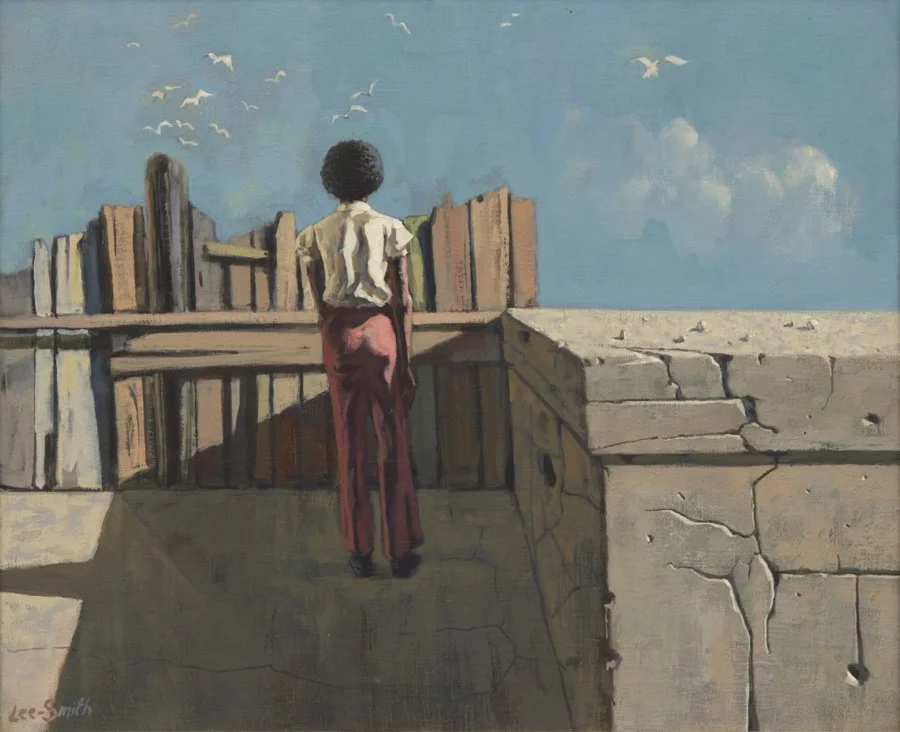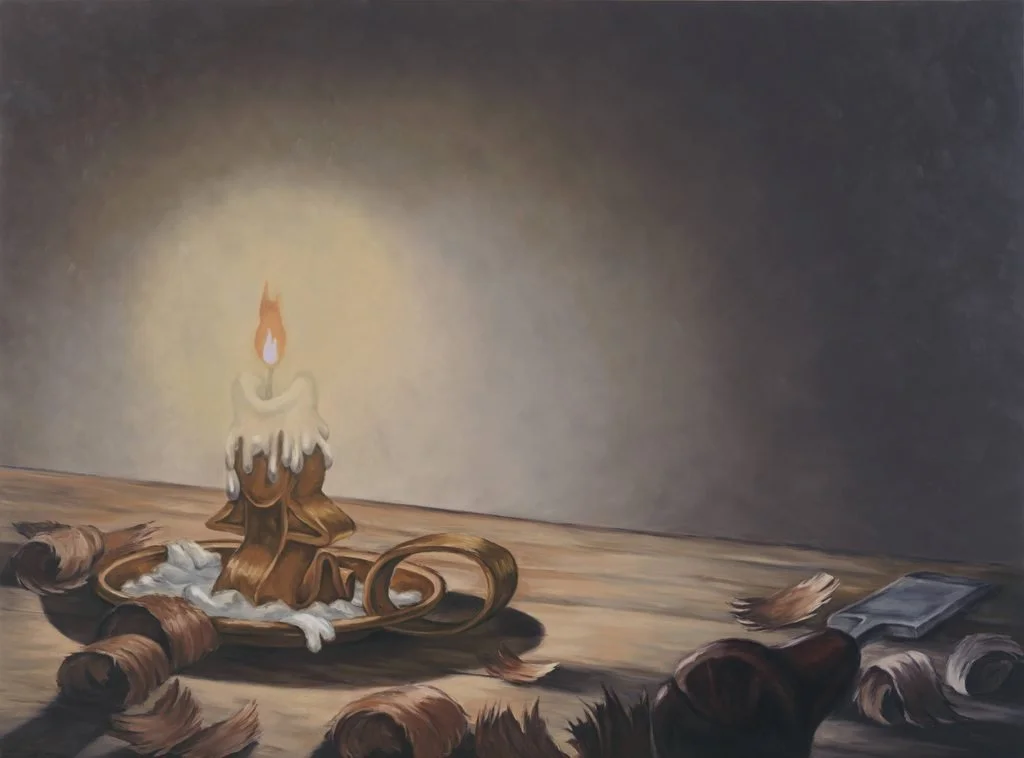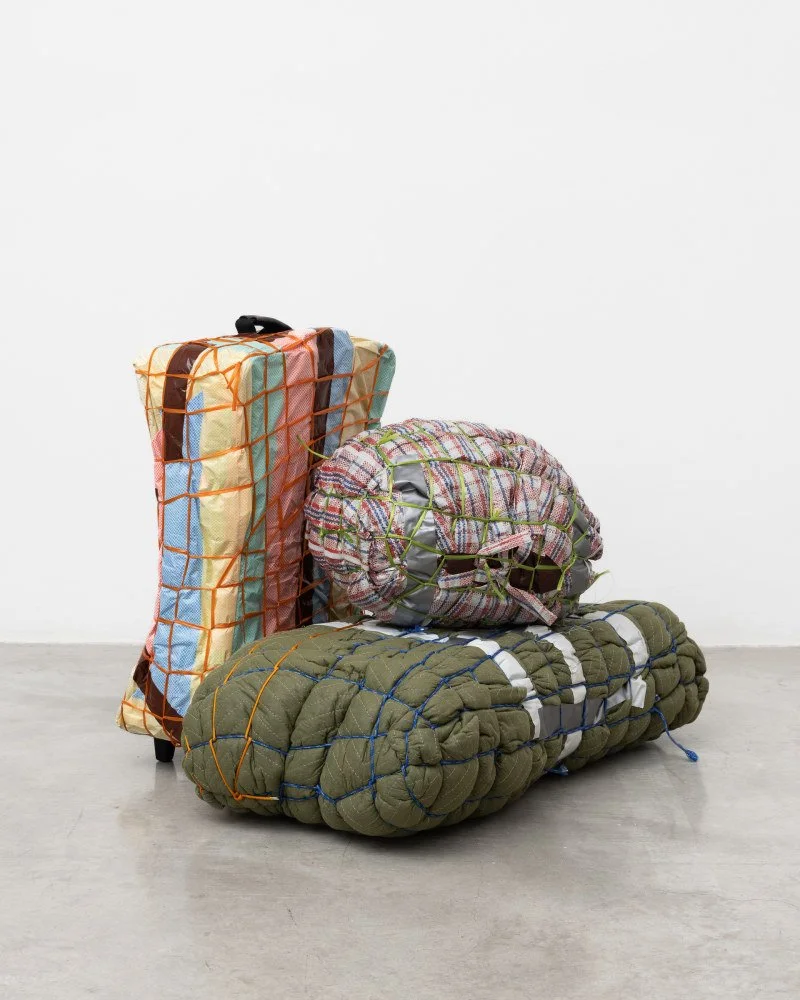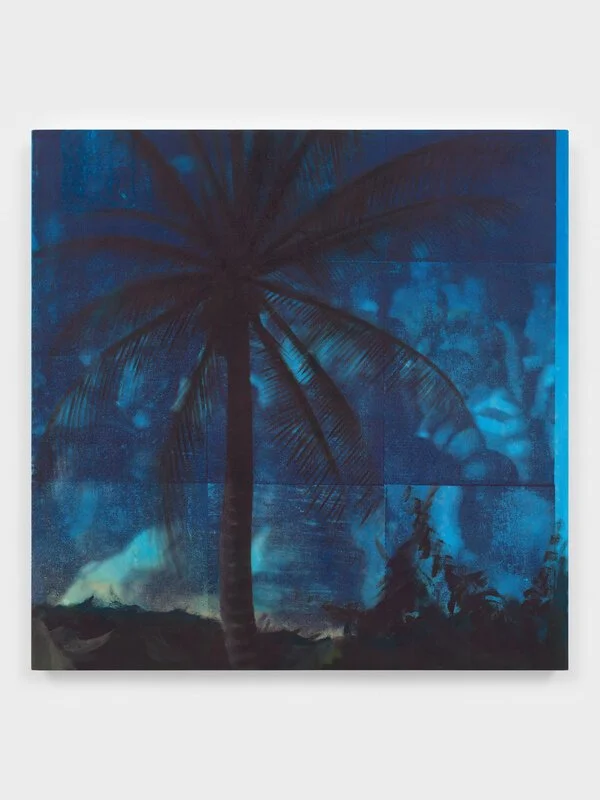Hughie Lee-Smith
New York, 22 East 2nd Street
Hughie Lee-Smith’s body of work spans nearly seven decades. He came of age in the midst of the Great Depression, spending his early life primarily between Cleveland and Detroit. He was in Chicago from 1943-45 where he enlisted in the Great Lakes Naval Station. The Midwest left an indelible influence on Lee-Smith, whose Social Realist paintings made reference to its expansive gray skies and industrial architecture. He was involved in several projects that were recipients of Works Progress Administration funding: Karamu House in Cleveland, the oldest running African American theater in the nation, and the Southside Community Art Center in Chicago, where he would cross paths with Charles White, Gordon Parks, and Margaret Taylor-Burroughs, among others. Eventually teaching would take him to the East Coast, where he was artist in residence at Howard University in Washington, DC and later an instructor at the Art Students League of New York.
Imagery of the carnival fairground recurs throughout Lee-Smith’s work via the motifs of ribbons, pendants, and balloons. His paintings often reference the contrast between the carnival’s playful theatricality and its uncanny imitation of reality. He depicts abandoned, crumbling urban architecture as the sets for his existential tableaus. Even when his figures appear together, they always seem solitary. In Two Girls (1956), his subjects stand at the edge of a pier, turned away from the viewer and gazing toward a bleak horizon, as if on a separate picture plane. Over the course of his long career, Lee-Smith developed a distinct figurative vocabulary influenced by both Neoclassicism and Surrealism. Lee-Smith left behind an idiosyncratic body of work, the summation of a lifelong effort to see beyond the real.






